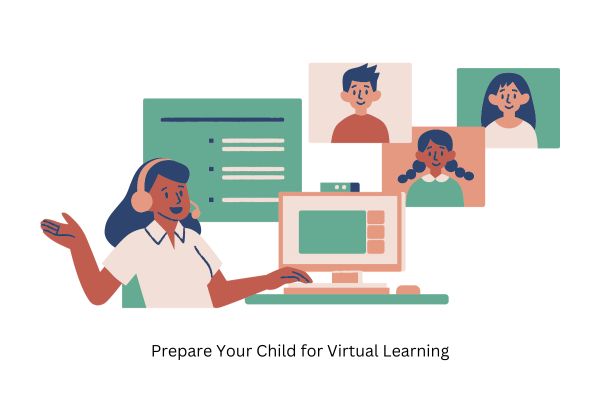Teaching basic manners to children is one of the most important lessons a parent can give. Manners help kids build healthy relationships, show respect, and succeed socially. As a parent, your guidance will shape how your child interacts with the world. The good news is it’s never too early or too late to start.
# Start with the Basics
Begin by teaching simple words like “please,” “thank you,” and “excuse me.” These small words carry significant meaning. Use them often in your conversations. Children learn best by watching you.
For example, say “thank you” when your child hands you something. Say “please” when you ask them for help. Over time, they’ll copy your behavior. Consistency is key here.
# Make It a Daily Habit
Turn manners into a part of your child’s daily routine. At mealtime, remind them to say “please” when asking for food. Encourage them to say “good night” at bedtime and thank whoever reads them a story.
When these words become habits, they no longer feel forced. Eventually, your child will use them without needing reminders.
# Use Positive Reinforcement
Praise your child when they show good manners. For instance, say, “I love how politely you asked for that.” This kind of feedback boosts confidence and motivates them to continue the behavior.
Avoid harsh punishments for forgetfulness. Instead, gently remind them of the better choice they could have made.
# Teach Respect for Others
Manners go beyond words. They include respecting personal space, listening when others speak, and showing kindness. Teach your child to wait their turn, not interrupt, and speak gently.
Use everyday situations to explain what respectful behavior looks like. For example, after a playdate, ask, “How do we thank our friend for having us?”
# Set Clear Expectations
Children need clear rules to follow. Explain what you expect in different settings—at home, school, or public. Before visiting someone’s house, say, “Remember to say thank you and use your inside voice.”
Role-playing can also help. Practice everyday situations, like greeting adults or asking to leave the dinner table. These short rehearsals build confidence.
# Be Patient and Stay Calm
Teaching manners takes time. Some days will go smoothly, others not so much. Stay patient and avoid yelling. Gentle correction works better than anger.
Children are still learning how to manage emotions. When they act out, respond calmly and explain why their behavior wasn’t appropriate.
# Lead by Example
Children watch everything you do. If you want your child to be polite, model the behavior yourself. Use kind words with others, even during stressful times.
Say “thank you” to the cashier, hold the door for a stranger, and greet your neighbors. Your child will mirror your actions more than your words.
# Involve the Whole Family
Make manners a family value. Talk about them during family meetings or at dinner. Share stories about kind acts and good behavior.
Encourage older siblings to set a good example. Let everyone feel involved in creating a respectful home environment.
# Make It Fun
Turn learning manners into a game. Use sticker charts, storytelling, or role-play with toys. You can act out “wrong” ways first and then do it correctly.
Children remember lessons better when they’re having fun. Use humor and creativity to keep them engaged.
# Address Mistakes Gently
When your child forgets their manners, avoid public shaming. Instead, speak to them privately. Say, “Next time, try asking with a ‘please,’ okay?”
Offer them a chance to correct themselves. This helps them learn without feeling embarrassed or discouraged.
# Final Words
Good manners don’t happen overnight. But your child will learn to behave respectfully with love, patience, and practice. Set a good example, use kind reminders, and celebrate their progress. Every polite word and kind gesture builds their confidence and character.





